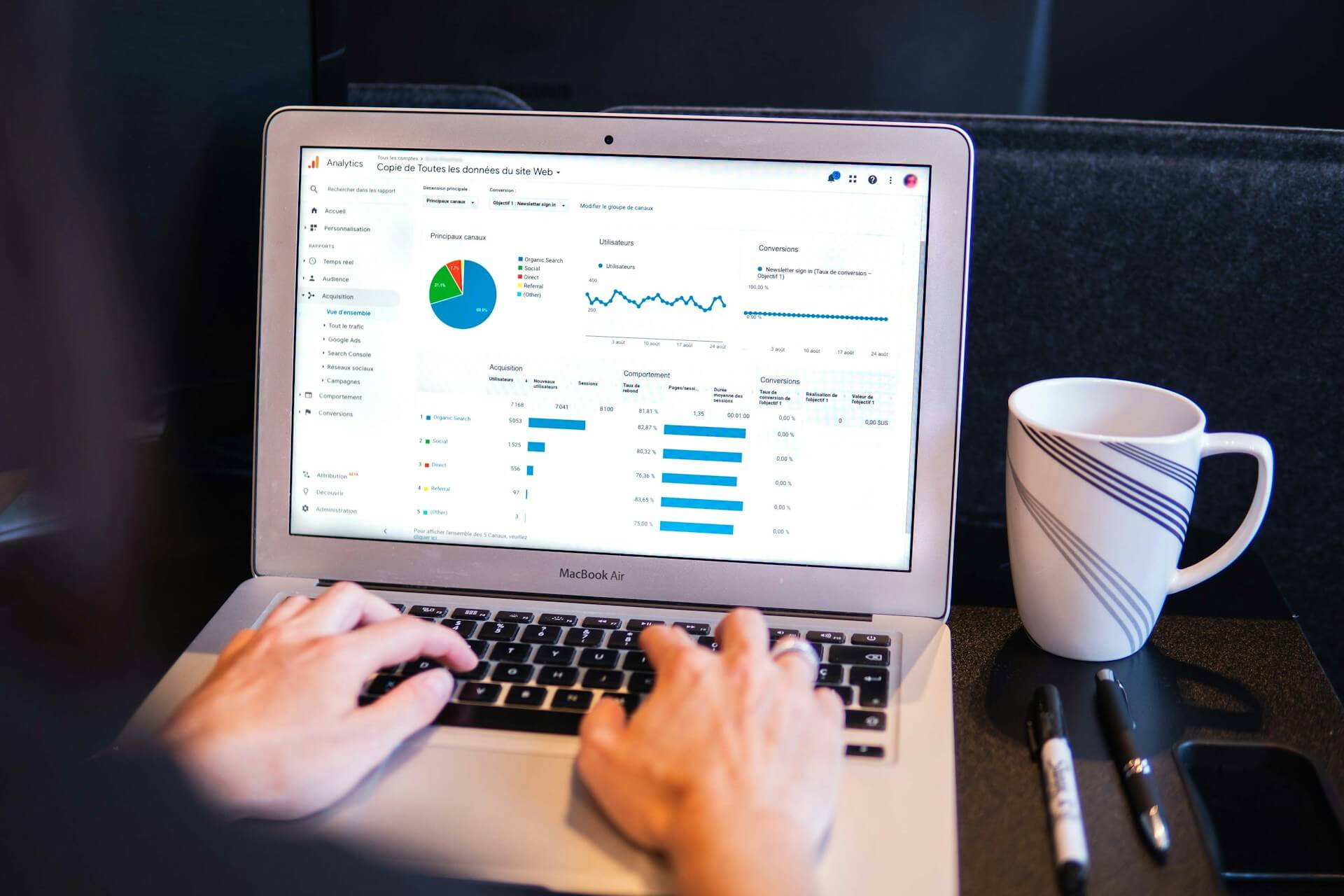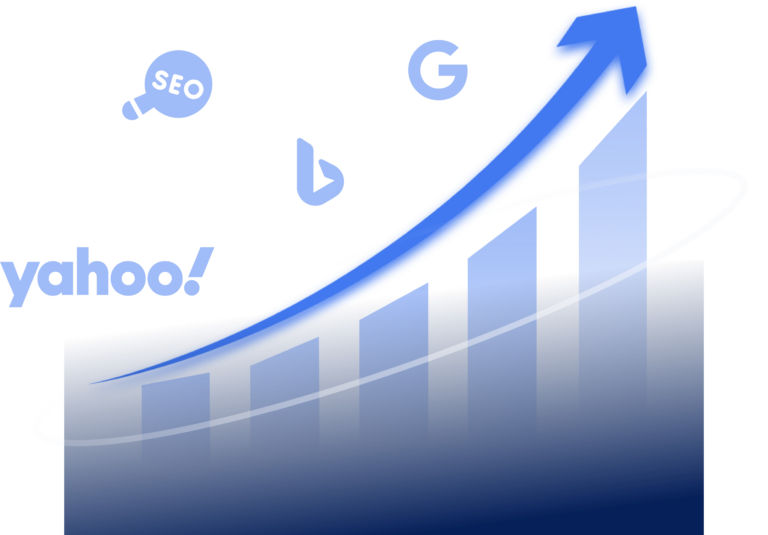Sooner or later, every website operator will have to deal with search engine optimization (SEO). An important marketing measure that benefits search engine optimization (SEO) is off-page optimization. We explain exactly what this is and how this method works in this lexicon entry.
What is OffPage Optimization?
Off-page optimization refers to marketing measures that are used on external sites to improve the search engine ranking of your own website. The focus of off-page optimization is on link building with backlinks. Backlinks should only be built on external sites and platforms once the content of your own site has been adapted through on-page optimization and users are actually offered added value when they access the site. Otherwise, it is conceivable that you will lose the advantage of time-consuming link building right from the start.
Outdated OffPage optimizations
The list of measures for off-page optimization is long. However, some methods that were very common in the past are no longer up to date and are no longer included as a criterion in the Google search engine algorithm. It may even be that websites are displayed worse as a result of these measures, as they are prohibited optimizations that are intended to manipulate search engines. In the course of the Panda update, many changes were made to the search engine algorithm that can affect off-page optimization. Guest books, article directories and bookmarks are no longer recommended when it comes to expanding the link structure of your own website for off-page optimization. Although this can still lead to recommendations between websites, it always depends on the quality of the respective page. Wild links, recommendations or guest posts usually only have a very small impact on the search engine ranking when viewed in bulk.
OffPage optimization through content marketing
Successful off-page optimization is closely linked to content marketing. This involves creating high-quality content on your own website that actually offers added value for visitors. This content is shared in external sources such as social media networks in the form of links, automatically creating backlinks that have a positive effect on search engine rankings. Users should interact with the posts created on social media in order to generate reach and traffic. The content on your own site can be texts, videos, graphics, PDFs, newsletters, e-books, webinars or even podcasts. However, backlinks can be generated not only through content marketing on your own website, but also through advertising measures in the offline world. For example, through posters, flyers or at trade fairs.










